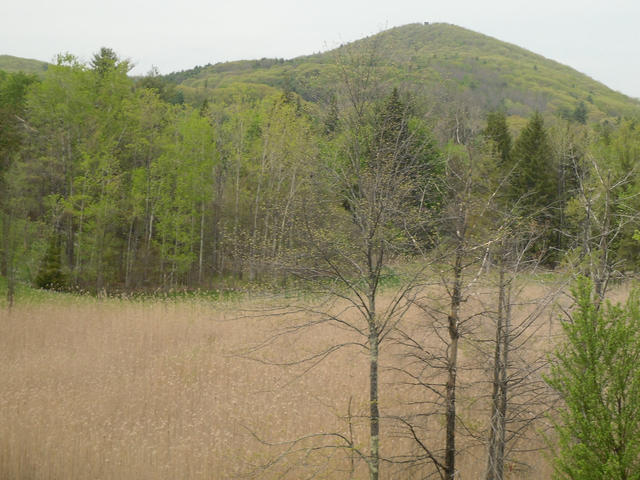Home » Regions » North America » Northern Forests » Atlantic Highlands » Northeastern Highlands » Lower Berkshire Hills
Lower Berkshire Hills
Last updated: August 18th, 2020
Page contents
↑About the Lower Berkshire Hills
The Lower Berkshire Hills are a region in southwestern Massachusetts and northwestern Connecticut representing the southernmost end of the Berkshires and Green mountains, which are geologically the same mountain range but usually referred to by distinct names locally.This region consists of open low mountains, mostly gently rounded but with some steep slopes. Elevations range from 800 to 2,112 feet, with the highest point being Mt. Wilcox. Local relief ranges from 600-1,000 feet. The underlying bedrock is metamorphic, including gneiss, schist, amphibolite, quartzite, mostly rocks that are quite erosion-resistant. These are topped with sandy-loamy glacial till.
Original forest cover here was mostly northern hardwoods and transition hardwoods. A common association was northern hardwood-hemlock-white pine forest, with sugar maple (Acer saccharum), white ash (Fraxinus americana), yellow birch (Betula alleghaniensis), black cherry (Prunus serotina), paper birch (Betula papyrifera), and quaking aspen (Populus tremuloides). There were also mesic forests with sugar maple, northern red oak (Quercus rubra), American beech (Fagus grandifolia), and white ash. Drier slopes featured oak-hemlock-white pine forests, with white oak (Quercus alba), northern red oak, chestnut oak (Quercus montana), eastern hemlock, eastern white pine, and some black birch and red maple. Hemlock-hardwood swamps featured red maple, green ash, yellow birch, and eastern hemlock, and bogs featured black spruce and tamarack / larch. Floodplains featured red maple, silver maple, sugar maple, black cherry, and American elm.
Forest cover is extensive in this region, unbroken in places, although there are small amounts of agriculture in some spots. This region is mostly utilized for forestry and recreation. There is some rural residential development, but the area is mostly sparsely populated. There are significant areas of protected public land, more on the Massachusetts side.
Although the forests here were mostly cleared, and most of what remains is second-growth, some old growth forest can be found in Great Mountain Forest outside Norfolk, CT; the old growth stand is mostly eastern hemlock and white pine, with some paper birch, yellow birch, black birch, and black cherry. In Massachusetts, Beartown State Forest also has a small amount of old growth, featuring eastern hemlock, northern red oak, eastern white pine, sweet birch, and yellow birch.
This region is bordered to the north by the Green Mountains/Berkshire Highlands, a region that extends to higher elevations and as such includes spruce/fir forest absent from this region. The border to the east and south is with the Berkshire Transition; this border is also a gradual transition, marked by lower elevations and a smaller portion of pine in the forests. The border to the west with the much lower, flatter Western New England Marble Valleys is more well-defined and abrupt, marked by a change in underlying substrate.
 A landscape typical of this region shows Haystack Mountain near Norfolk, CT, a relatively low mountain, and a mostly-forested landscape dominated by hardwoods but with some hardwoods. This photo is a crop of a photo © Doug Kerr, CC BY-SA 2.0, Source.
A landscape typical of this region shows Haystack Mountain near Norfolk, CT, a relatively low mountain, and a mostly-forested landscape dominated by hardwoods but with some hardwoods. This photo is a crop of a photo © Doug Kerr, CC BY-SA 2.0, Source.Plant Lists & In-Region Search
We do not yet have data to generate plant lists for a region as fine-tuned as this one. However you can move up to the broader Northeastern Highlands and generate lists for that region: native plants or all plants. Or search that region's plants here:
↑References
1. Griffith, G.E., Omernik, J.M., Bryce, S.A., Royte, J., Hoar, W.D., Homer, J.W., Keirstead, D., Metzler, K.J., and Hellyer, G. "Ecoregions of New England (Poster)", U.S. Geological Survey (2009) Web.


